Research shows that rote memorization of addition and subtraction facts is actually detrimental to students’ retention of said facts—young mathematicians recall addition and subtraction better when they understand the relationships behind those equations.
To build a strong foundation in number operations, we need to give students rich, hands-on experiences that give meaning to the actions of adding and subtracting. Solving bare equations without context (or “naked numbers”) is a very abstract task!
To strengthen real understanding, use the actions of addition and subtraction as strategies to solve real problems. Give problems context with engaging storytelling to support Conceptual Knowledge. Just like in Number Sense or Base Ten, begin with concrete materials that students can see, touch, and manipulate, and then invite students to do and show their thinking with drawing. When they are ready, students can label their solutions with symbolic representations (written number sentences).
This approach is engaging and developmentally appropriate for young learners. Most importantly, following this learning trajectory will result in longer and stronger understanding of these big math ideas.
Number Relationships
Memorizing basic facts is detrimental to young mathematicians, and mastery of facts through rote memorization will only be temporary without deeper conceptual understanding.
Provide these “stepping stones” to scaffold instruction and link students’ strong number sense to their emerging understanding of operations.
Remember that most foundational number sense is “caught, not taught” and is essential for algebraic thinking and computation, so if your students are struggling with addition and subtraction they likely need stronger number sense.
Above all, emphasize the part-part-whole relationships of numbers. Addition and subtraction don’t need to be taught separately because they are, in reality, two sides of the same operational coin. We can solve the same problems using addition or subtraction—that’s flexible mathematical strategy!
Revisiting the Rekenrek
This excellent teaching tool (which we saw in Section 2: Base Ten) can be an efficient way to support understanding of operations. Below are some ideas to get you started.
Part-Part-Whole Relationships
Obscure one side of your rekenrek (with a piece of fabric or a folded piece of cardstock, for example) and ask students to think about 20 (all the beads on the rekenrek) as the whole amount to find. You can start with smaller amounts like 5, 10, or 15 before moving beyond these “friendly” numbers.




Compensation Strategies
“Compensation” happens when young mathematicians see the parts of a whole and are then able to compensate by visualizing interchangeable amounts. (For example, if 5 and 1 is 6, then we know that 4 and 2 is also 6, since 4 is one less than 5 and 2 is one more than 1.)
Show 9 beads on top and 2 beads on the bottom (some students will visualize one of the beads on the bottom moving to the top to make 10, leaving one on the bottom to make 11.)
Display 5 beads on top and 9 beads on the bottom.
Show 8 beads on top and 3 beads on the bottom.
Additional Resources
Use these storytelling setting mats as backgrounds when modeling story problems with manipulatives. Use them as settings for problem solving based on the real world. Invite children to use them to invent their own story problems.
An excellent reference when creating story problems for your students is this table of addition and subtraction structures from the Common Core State Standards. Use this to ensure you are exposing your students to a wide variety of addition and subtraction problem structures.








